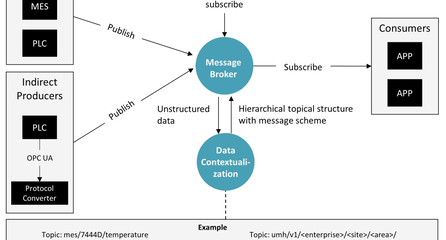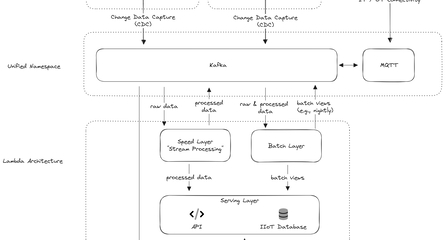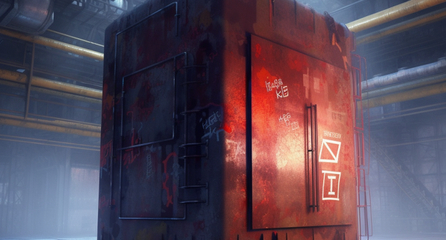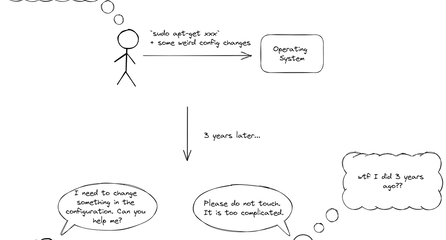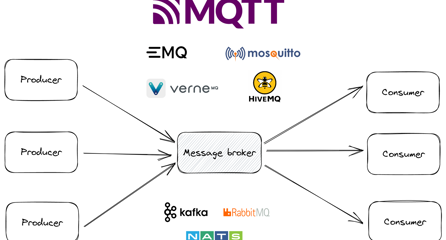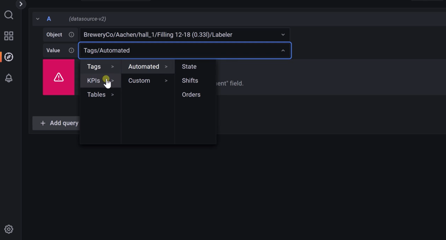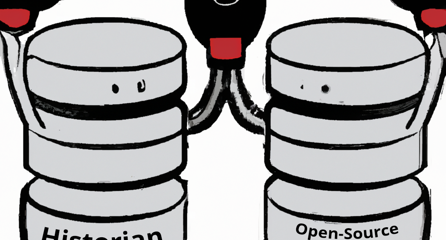
How to visualize and manage long and complex Node-RED flows?
This guide describes what it is needed when loosing the overview over Node-RED flows.

At some point, you might have a very large Node-RED flow. It can get very confusing to navigate through it.
Unfortunately, there is no clear step-by-step tutorial on how to keep the overview. We typically recommend to follow some best-practices:
Send results to MQTT / Kafka as quickly as possible and try not to write long multi-step flows. With this, you keep the flows short and decoupled from each other. We typically always have one flow just for extracting data and psuhing it into the "Unified Namespace". We then start fetching from MQTT / Kafka to start to process it.
YouTube video
You can find some examples and more best-practices in our YouTube tutorial from Arne:
Tips from FlowForge
Additionally, you can check out the article from FlowForge about their best-practices. Here are their main points:
1. Avoid using link nodes in groups where possible.
2. Don't cross wires in your flows.
3. Keep your groups compact to improve readability.
4. Use link nodes to join groups instead of wires.
5. Try to organize your flows so that they flow down the canvas.
6. Provide clear comments on switches to explain their function.
7. Give your groups descriptive names to make it easier to understand their purpose.


